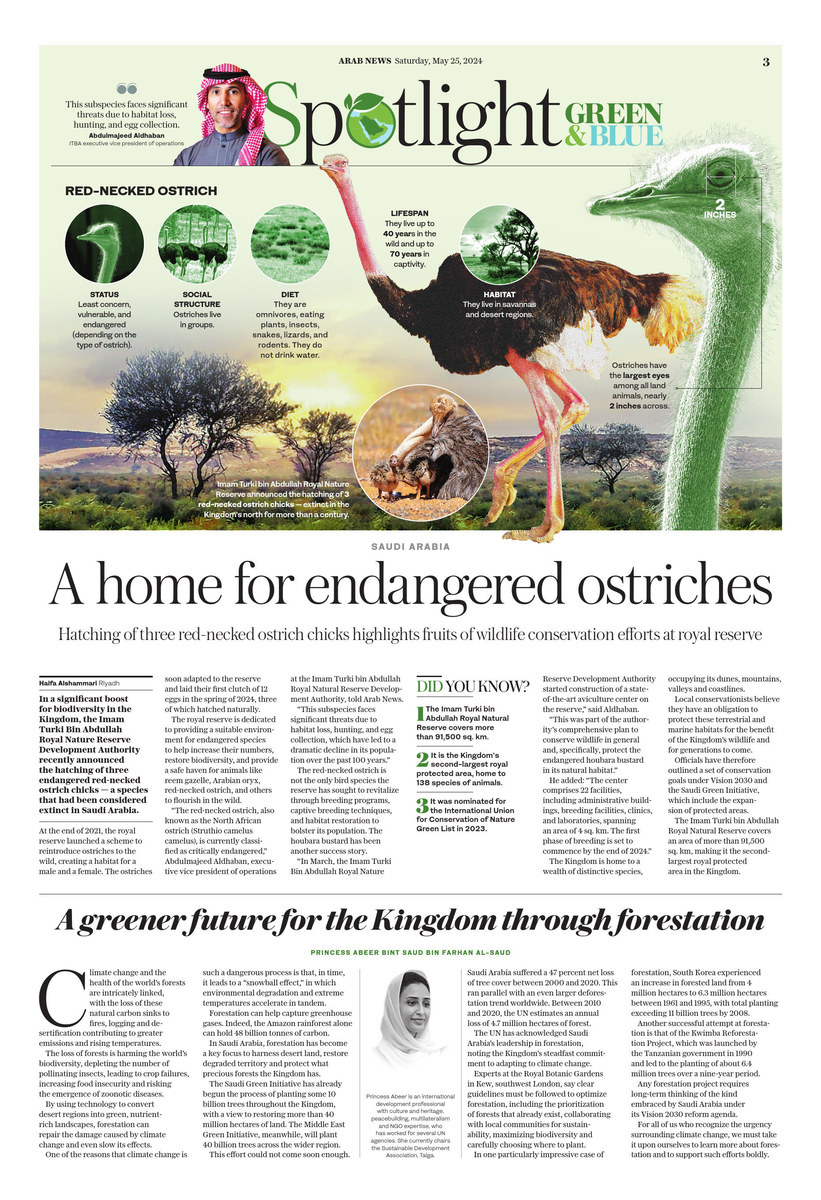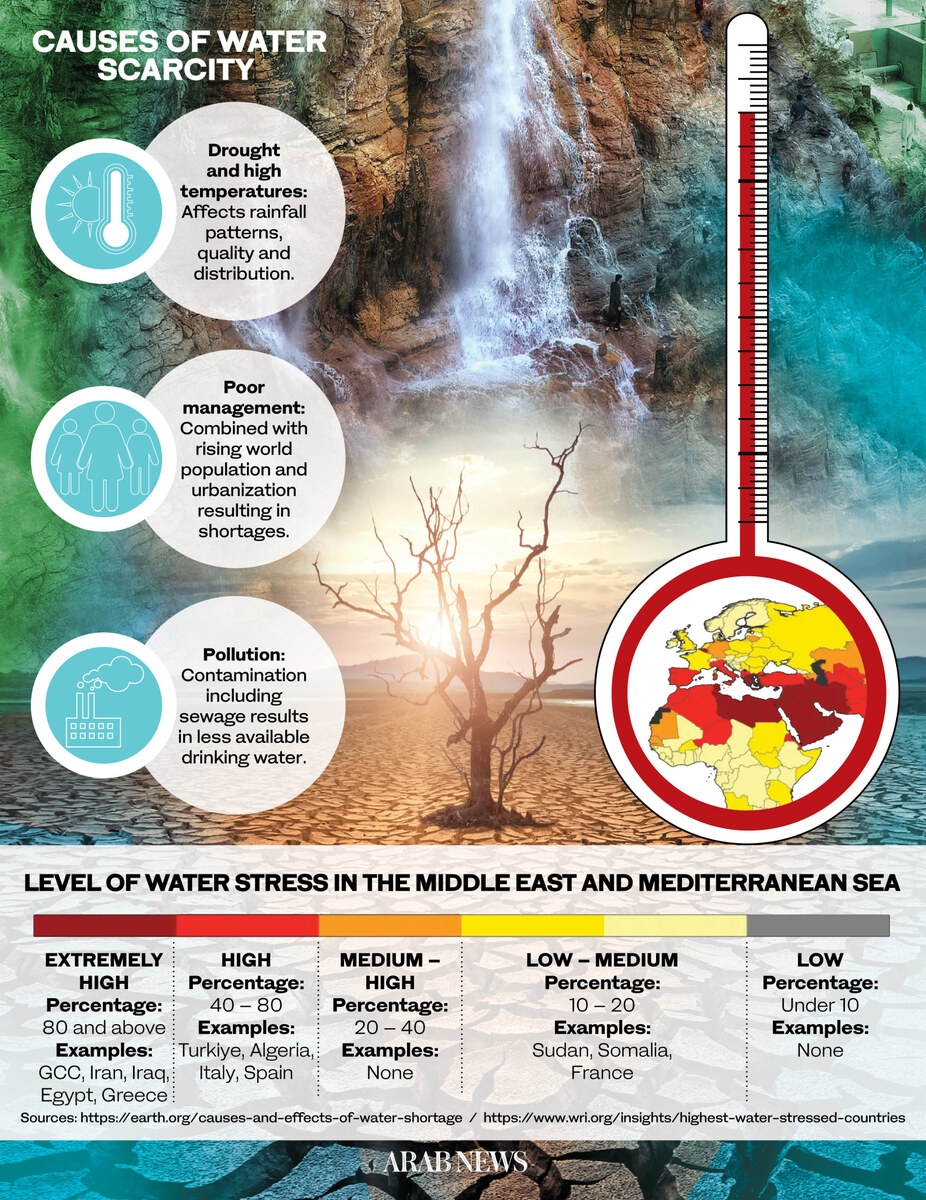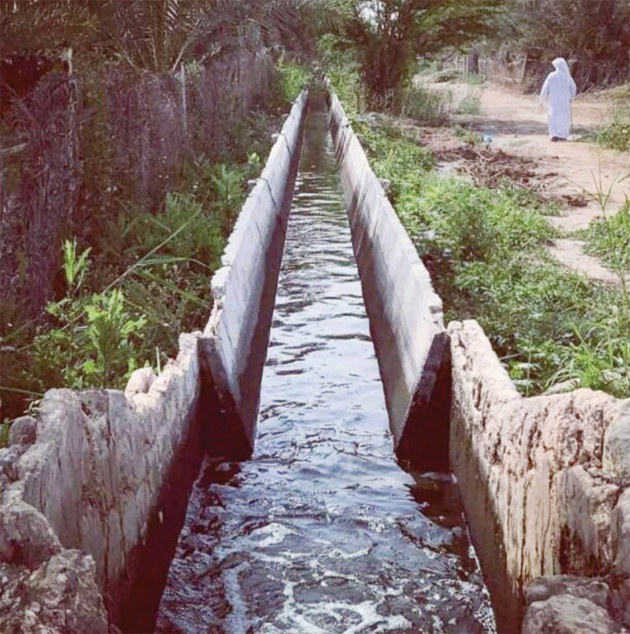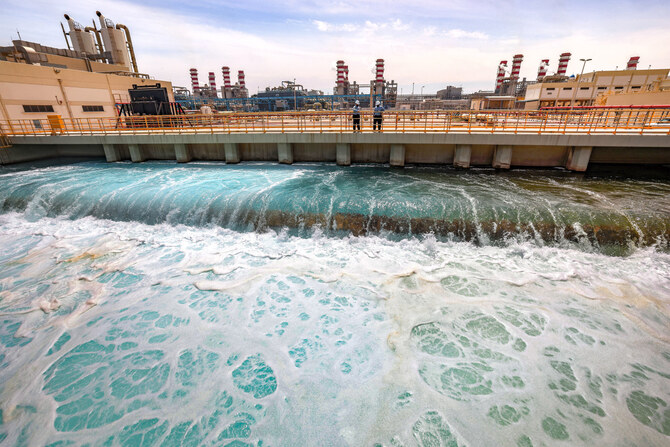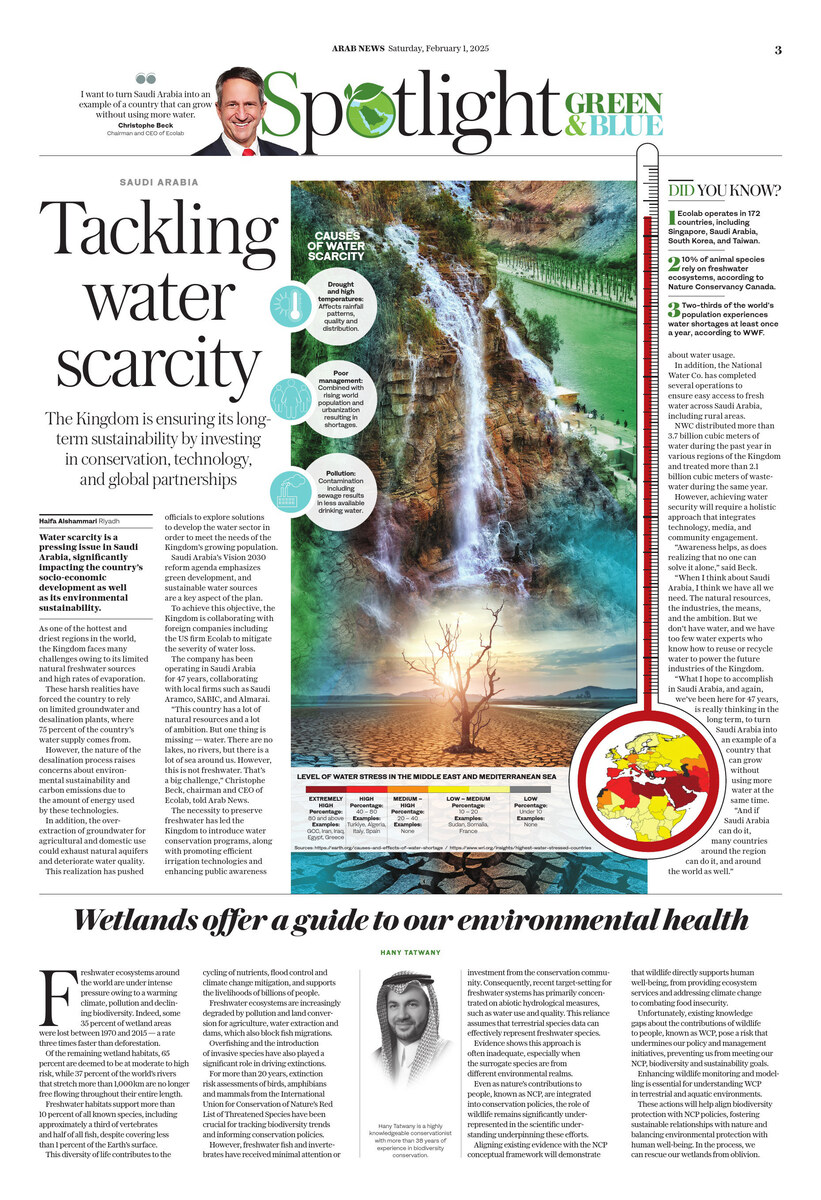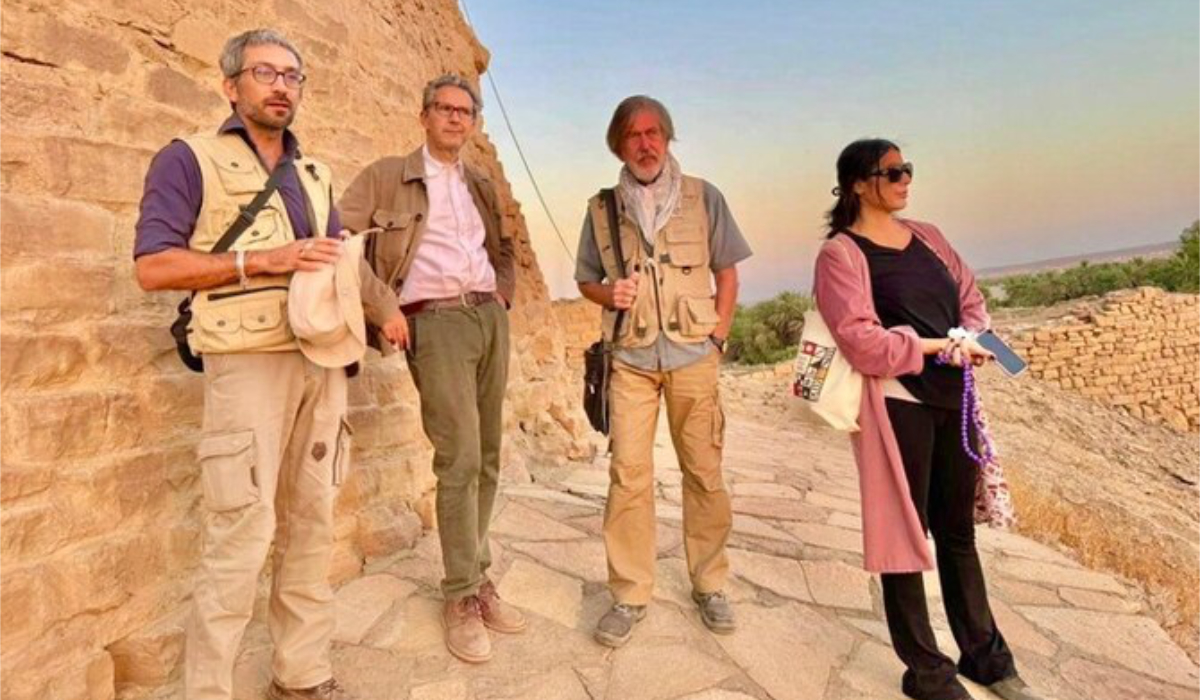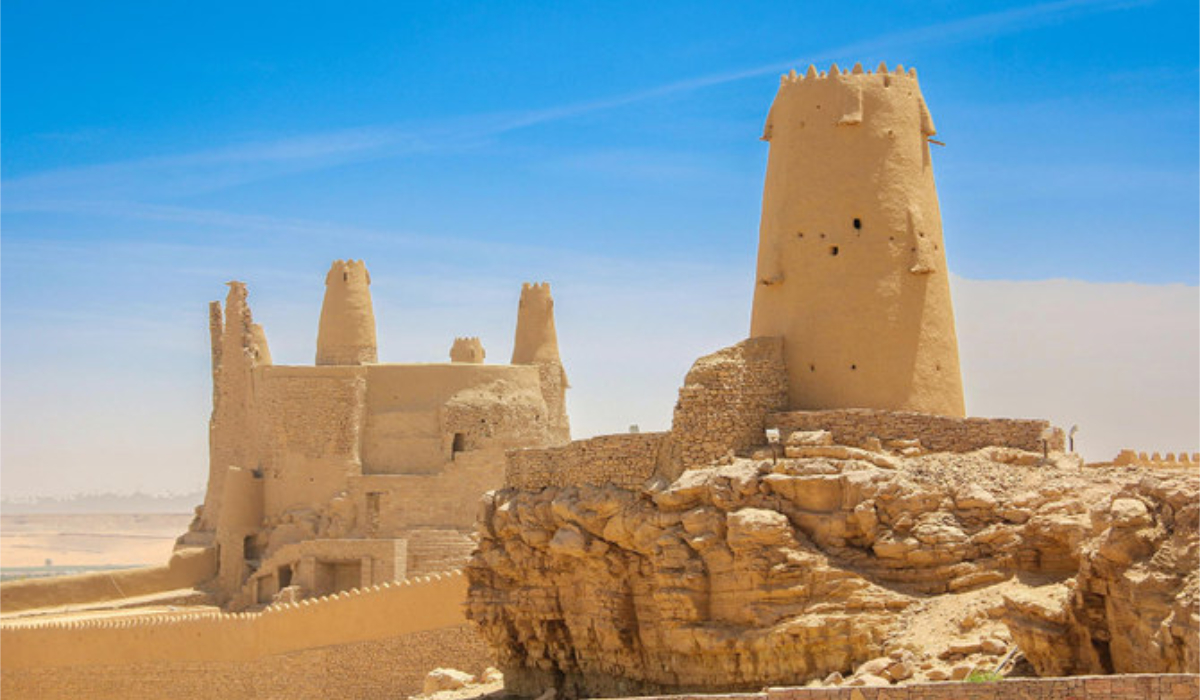RIYADH: In a significant boost for biodiversity in the Kingdom, the Imam Turki Bin Abdullah Royal Nature Reserve Development Authority recently announced the hatching of three endangered red-necked ostrich chicks — a species that had been considered extinct in Saudi Arabia.
At the end of 2021, the royal reserve launched a scheme to reintroduce ostriches to the wild, creating a habitat for a male and a female. The ostriches soon adapted to the reserve and laid their first clutch of 12 eggs in the spring of 2024, three of which hatched naturally.
The royal reserve is dedicated to providing a suitable environment for endangered species to help increase their numbers, restore biodiversity, and provide a safe haven for animals like reem gazelle, Arabian oryx, red-necked ostrich, and others to flourish in the wild.
“The red-necked ostrich, also known as the North African ostrich (Struthio camelus camelus), is currently classified as critically endangered,” Abdulmajeed Aldhaban, executive vice president of operations at the Imam Turki bin Abdullah Royal Natural Reserve Development Authority, told Arab News.“This subspecies faces significant threats due to habitat loss, hunting, and egg collection, which have led to a dramatic decline in its population over the past 100 years.”
The red-necked ostrich is not the only bird species the reserve has sought to revitalize through breeding programs, captive breeding techniques, and habitat restoration to bolster its population. The houbara bustard has been another success story.

The royal reserve is dedicated to providing a suitable environment for endangered species to help increase their numbers, restore biodiversity, and provide a safe haven for animals like reem gazelle, Arabian oryx, red-necked ostrich, and others to flourish in the wild. (Supplied)
“In March, the Imam Turki Bin Abdullah Royal Nature Reserve Development Authority started construction of a state-of-the-art aviculture center on the reserve,” said Aldhaban.
“This was part of the authority’s comprehensive plan to conserve wildlife in general and, specifically, protect the endangered houbara bustard in its natural habitat.”
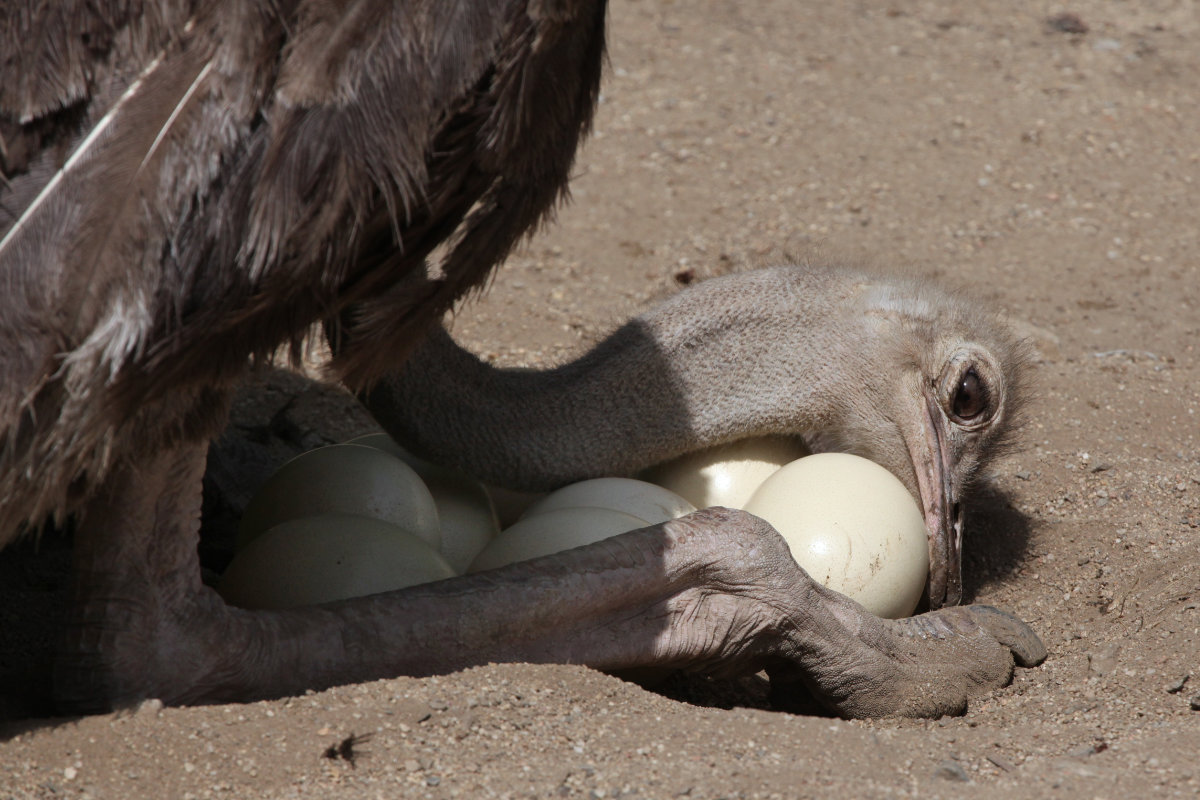
Despite its arid climate and vast desert landscape, the Kingdom is home to a wealth of distinctive species, occupying its dunes, mountains, valleys and coastlines. (Shutterstock)
He added: “The center comprises 22 facilities, including administrative buildings, breeding facilities, clinics, and laboratories, spanning an area of 4 sq. km. The first phase of breeding is set to commence by the end of 2024.”
Saudi Arabia’s rich biodiversity has long been overlooked by environmentalists. Despite its arid climate and vast desert landscape, the Kingdom is home to a wealth of distinctive species, occupying its dunes, mountains, valleys and coastlines.
Local conservationists believe they have an obligation to protect these terrestrial and marine habitats and maintain the ecological balance for the benefit of the Kingdom’s wildlife and for generations to come.
Opinion
This section contains relevant reference points, placed in (Opinion field)
Officials have therefore outlined a set of biodiversity conservation goals under various initiatives like Vision 2030 and the Saudi Green Initiative designed to work in partnership with civil society groups and the private sector.
One focus is the design of protected areas.
During an interview with Arab News at the Hima forum in Riyadh last April, Mohammed Qurban, the CEO of the National Center for Wildlife in Saudi Arabia, outlined the Kingdom’s aim to protect 30 percent of the Kingdom’s terrestrial and marine areas by 2030.
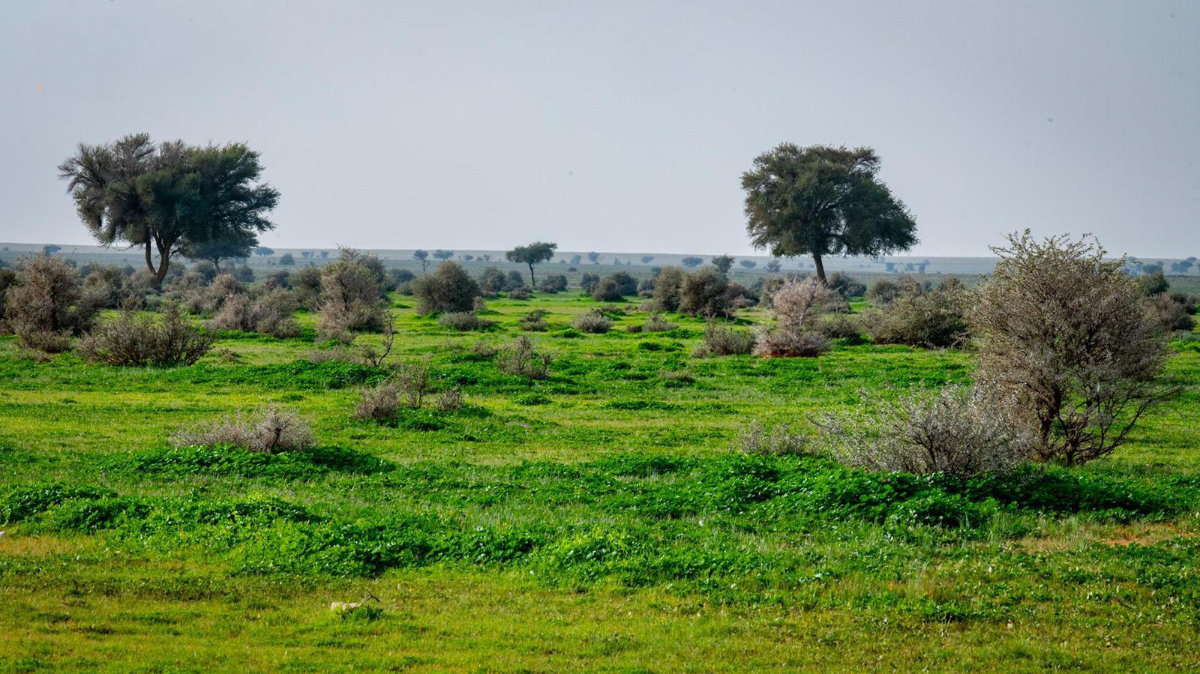
The Imam Turki bin Abdullah Royal Natural Reserve, where the red-necked ostriches hatched last month, covers an area of more than 91,500 sq km, making it the second largest royal protected area in the Kingdom, home to 138 species of animal and 179 species of plant. (Supplied)
This goal includes the creation of wildlife sanctuaries and restoration programs to restore natural habitats and protect endangered animal species such as the Arabian oryx, red-necked ostrich, gazelle, and Arabian leopard.
The Imam Turki bin Abdullah Royal Natural Reserve, where the red-necked ostriches hatched last month, covers an area of more than 91,500 sq. km, making it the second-largest royal protected area in the Kingdom, home to 138 species of animal and 179 species of plant.
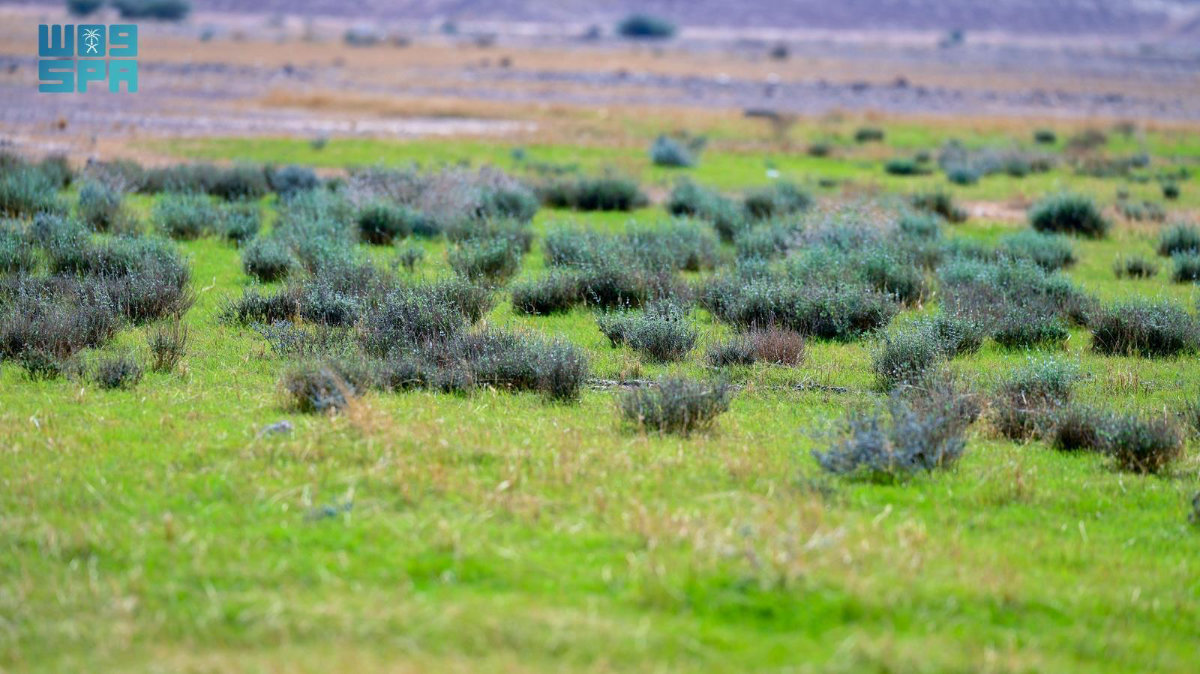
Despite its arid climate and vast desert landscape, the Kingdom is home to a wealth of distinctive species, occupying its dunes, mountains, valleys and coastlines. (SPA)
Situated in the country’s northeast, close to the border with Iraq, the reserve is a popular destination for tourists interested in hiking and bird watching.
In 2018, the royal reserve declared three key objectives, including the conservation of biodiversity, the development of the reserve as a destination for ecotourism, and the aim of generating socio-economic benefits for local communities.
The Natural Reserve Development Authority has registered the reserve in the World Database on Protected Areas. It has also earned global recognition after being nominated for the International Union for Conservation of Nature Green List in 2023.
